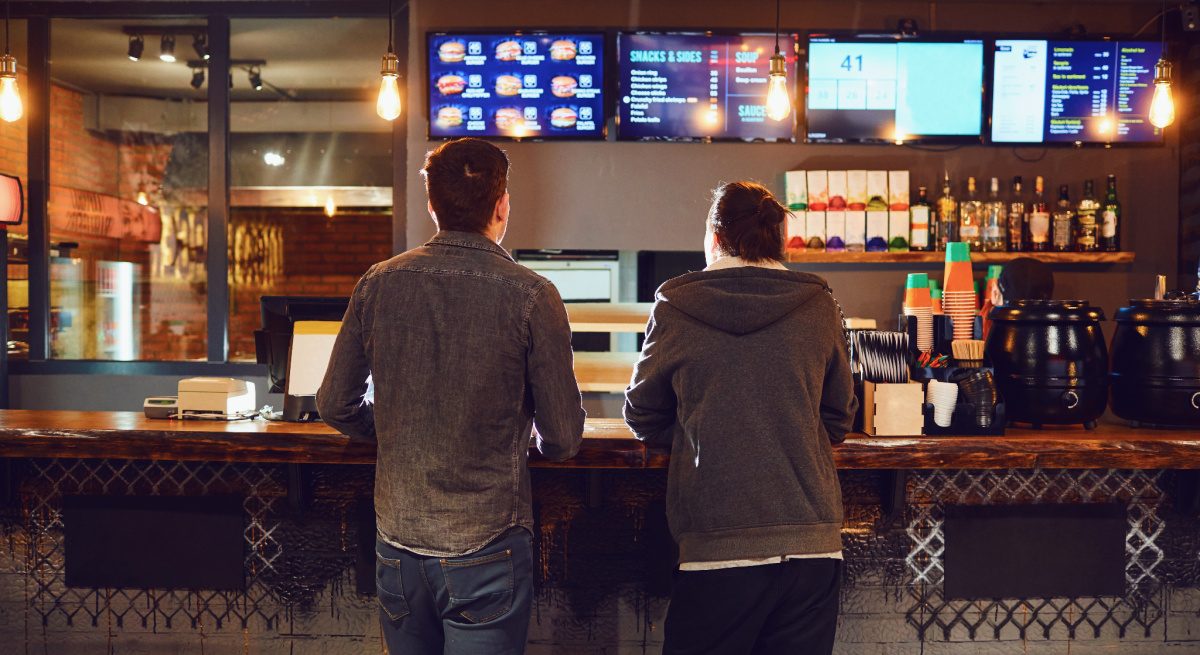Restaurant Tech Tips for QSRs
3 Min Read By Jason Graf
QSRs entered 2021 looking much different than they did a year ago, after having made significant and creative changes to their business models in the wake of the pandemic. Operations were changed to support delivery, mobile ordering, drive-thru, and self-service. Systems were changed to accept contactless payments, online payments, QR codes and digital wallets. Adaptation was key to survival.
According to the National Restaurant Association (NRA), about two-thirds of restaurant meals are now consumed off-premises. With 73 percent of customers reporting that restaurant technology improves their guest experience, QSRs need to prepare for the reality that these technologies – and this level of rapid innovation – are here to stay.
There is much to learn from the challenges faced in adjusting to the COVID-19 pandemic. QSRs can use the following tips to ensure they are investing in valuable technology for the changes ahead, as well as the network and technology infrastructure that enables them to implement quickly, efficiently and without compromising security, uptime or compliance.
Logistics to Implementation
QSRs rely on networks for nearly all of their operations. Whether it is a customer connecting to the restaurant, a kitchen to a delivery partner or the POS to the processor, strong network connectivity is critical to smooth operations.
When considering new technology for the drive thru, whether that is a digital menu or an employee taking orders on a tablet in the parking lot, will the order make it to the kitchen reliably, so customers are not left waiting in line? Supporting an infrastructure like this requires good Wi-Fi, and a technician who understands how to tune a location from the best coverage perspective – especially in complex, crowded Wi-Fi spaces like urban areas.
Along that same vein, where connectivity could fail, all systems should be able to connect to an alternate circuit like cellular. Accepting advanced, PCI-compliant payments means you need to be able to process payments with constant connectivity. The same can be said for running seamless mobile and online deliveries. If your restaurant goes offline, delivery partners will not send drivers to you. Ensuring your network is solid and your connectivity is constant is a requirement for success.
It is critical to also look at how these technologies will support you in the future. Is this addition scalable? Will the vendor provide future technical support? Will this impact PCI DSS compliance? Taking a forward look into your digital needs and how this technology will flex with your business will help you to determine if it is worth the investment.
Optimizing IT Budget Spend While Adding New Tech
While investing in these technologies has been key to survival for many restaurants in the COVID-19 era, it has made a significant dent in their budgets. This has not only been in the procurement process, but also in the servicing and repair of multiple devices from multiple vendors, rip-and-replace costs, and the support of several new network appliances.
Cut down on costs by integrating multiple technologies to more efficiently manage the elements that you need to operate remote restaurant networking and security. By extending the power of software defined networking (SDN), you can cover all of these necessary functions. SD-Branch (Software-Defined Branch Networking), which leverages SDN concepts, condenses your technology and can provide a singular solution for advanced security, connectivity management, and more. The advantages of this approach are lower management costs, secure remote access, simplified on-premise infrastructure, and making your network more scalable.
Security risks are also a main consideration – skipping the cybersecurity discussion to roll out new technology never pays off. Ask yourself questions like, does this increase our attack surface? What cybersecurity measures does the vendor take? How will we properly monitor network traffic? This could save you $3.86 million, or the average cost of a data breach. Take the time to find technology that provides security controls for fraudulent and suspicious activity.
Technology should never be the only line of defense in a cybersecurity strategy. A dedicated IT security team is just as important to properly implement and oversee network operations. Unfortunately, the skill gap and increasing demand can make this a challenge for small to medium-size restaurant chains.
With a solution like a Security Operations Center (SOC), QSRs can trust that their network operations are being monitored by a skilled, dedicated team. Many have turned from an in-house approach to an outsourced one to lower costs and increase bandwidth, and this can often be the differentiator that allows for better, more secure operations. Their in-house IT staff can instead focus on brand-building projects and ultimately enhance in-store operations.
Moving Forward with Rapid Innovation
Given the pace of 2020, restaurants adapted quickly to meet the needs of customers, and vendors stepped up to provide technology to help. These upgrades are likely to be an expectation, and off-premises technology will only advance from here.
Ninety-five percent of restaurateurs agree that technology improves business efficiency but making this a reality means doing the research and evaluating fit for your business strategy. This means exploring the implementation considerations, like constant connectivity and future use. It is also important to weigh costs by examining what technologies you already have and how they can be leveraged, as well as cost-efficient solutions for cybersecurity.


